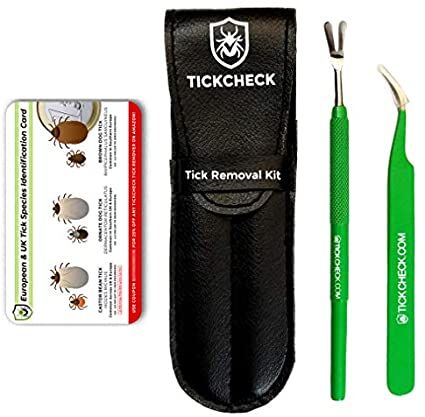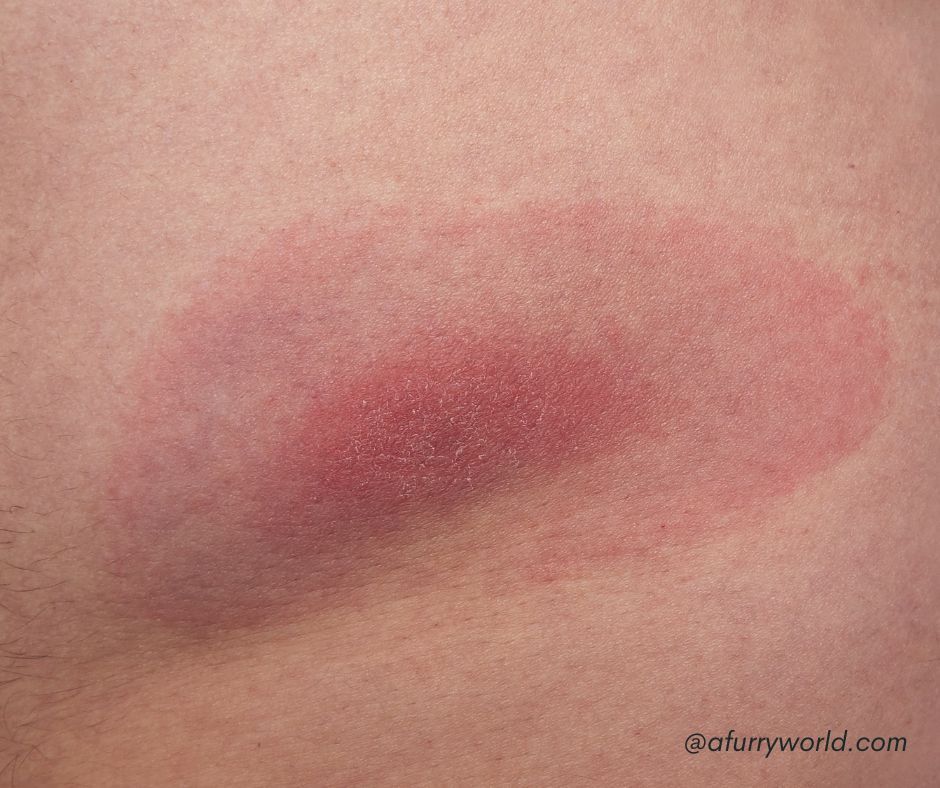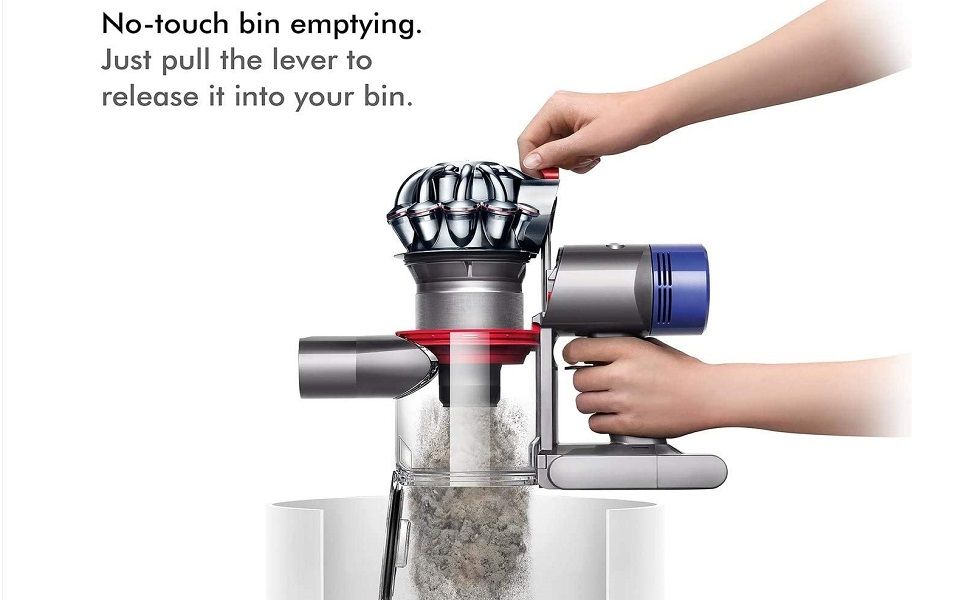Tick season in the UK is usually between March and October
As the days are getting longer and the weather warmer, we start to spend more time outside and with this the risk, especially for our feline friends, of picking up unwanted hitchhikers increase.
Whilst tick season in the UK is usually between March and October it may last longer. This is because wet weather and warmer temperatures make ticks more active.
As the days are getting longer and the weather warmer, we start to spend more time outside and with this the risk, especially for our feline friends, of picking up unwanted hitchhikers increase.
Whilst tick season in the UK is usually between March and October it may last longer. This is because wet weather and warmer temperatures make ticks more active.
HOW TO REMOVE
Get everything ready before summoning your cat including favourite toy and some treats to help keep them still during the procedure.
PREPARATION
· Fine-toothed tweezers
· Cleansing wipe / soap
· antiseptic cream
· Disposable gloves
· Alcohol soaked tissue
EXECUTION
· Use tweezers to grasp the tick as close to the skin's surface as possible.
· Pull straight upward with steady, even pressure (don’t jiggle, squeeze or twist)
· Inspect area to ensure that everything has come out including the head.
· After removing the tick, thoroughly clean the bite area.
Once you have removed the tick, place it in the alcohol-soaked paper towel. The alcohol will kill the tick instantly. Once dead, it's safe to dispose of the tick or you can keep in a jar should you need to go to the GP or Vet.
There a lot of helpful tick removal kits out there such as this TickCheck which can be very useful if you often spend time extracting ticks.
3 Reasons why it is important to remove ticks
1. Disease transmission: Ticks can transmit a variety of diseases to pets, including Lyme disease, Rocky Mountain spotted fever, and ehrlichiosis, among others. These diseases can cause serious health problems for pets and may even be fatal if left untreated.
2. Skin irritation and infection: When a tick bites a cat, it can cause skin irritation and inflammation at the site of the bite. If the tick is not removed, the irritation and inflammation can worsen and lead to secondary bacterial infections.
3. Preventing tick infestations: Removing ticks from your pet can help prevent a full-blown tick infestation in your home or yard. If ticks are allowed to remain on your pet, they may fall off and lay eggs in your home or yard, leading to a larger tick population that is more difficult to control.
LYME DISEASE
KEEP WATCH
Watch for any signs of infection. While the bite area might appear red for a day or two, it should heal relatively quickly. However, if you notice new signs of infection or additional swelling, it's best to schedule a visit with your veterinarian.
If you have any concerns, call your vet for further instructions.
LYME DISEASE
Lyme disease, also known as Lyme borreliosis, is a bacterial infection that causes a pink or red circular rash to develop around the area of the bite.
Lime is the most common disease transmitted by ticks and whilst being bitten doesn't mean you will definitely be infected it is important to be aware of the risk and speak to a Vet or GP if you or your pet start to feel unwell.
If you or your pet has been bitten by a tick, it is important to remove it as soon as possible to reduce the risk of getting a tick-borne infection, like Lyme disease.
ABOUT TICKS
Ticks are small, spider-like creatures with 6 or 8 legs who feed on blood. They vary in size, usually between 1mm to 1cm long.
Ticks don't fly or jump but climb on to animals or humans as they brush past. It is therefore advised that, when walking to stick to the path. Now that of cause is easy enough for humans but good luck persuading your furry friends 😉
Ticks feed off the blood of a range of mammals and birds, including dear, sheep, squirrels, and garden birds. They are therefore found in areas with these animals, such as:
· grassy areas
· gardens
· woodland
· moorland
RISKS & SYMPTHOMS
Not every tick carries disease. However, it’s important to remove a tick to stop it from potentially infecting you with a disease, or from causing any infection at the bite site. Removal also ensures that the tick doesn’t go on to breed in your home, causing an infestation.
So why should we try to avoid being bitten and take precaution when we are?
Whilst tick bites aren't usually painful ticks are known for carrying diseases. And whilst not all of them do carry disease a bite can still cause infection including inflammation and some can take 2 to 3 months to develop, and it is therefore important to be aware of symptoms.
· swelling
· itchiness
· blistering
· bruising
With tick season upon us we wanted to look at some of the most commonly asked tick questions pet owners ask in relation to ticks and this is what CB has to say on the subjects.
How do you remove a tick that is embedded?
Ticks can be safely removed with tweezers. Here are the steps to follow:
Use a pair of fine-tipped tweezers to grasp the tick as close to the skin's surface as possible.
1. Pull upward with steady, even pressure. Don't twist or jerk the tick; this can cause the mouth-parts to break off and remain in the skin.
2. If any mouth-parts remain in the skin, use the tweezers to gently remove them.
3. Once the tick is removed, clean the bite area and your hands with rubbing alcohol or soap and water.
4. Dispose of the tick by placing it in alcohol, wrapping it in tape, or flushing it down the toilet.
5. Monitor the bite area for any signs of a rash or infection, and contact a healthcare provider if you develop any symptoms.
It's important to remove ticks as soon as possible to reduce the risk of disease transmission. If you're unsure about how to remove a tick, or if you're experiencing any symptoms after a tick bite, consult a healthcare provider.
After removing the tick, monitor the bite area for any signs of a rash or infection, and contact a healthcare provider if you develop any symptoms. It's also a good idea to save the tick in a container in case you need to have it tested for diseases later on.
Will Vaseline make a tick back out?
There is no scientific evidence to suggest that Vaseline or petroleum jelly can make a tick back out or detach from the skin. In fact, using substances like Vaseline, alcohol, or nail polish to try to suffocate or "drown" the tick can actually increase the risk of disease transmission.
The best way to remove a tick is to use fine-tipped tweezers to grasp the tick as close to the skin's surface as possible and pull upward with steady, even pressure. This method helps ensure that the tick is removed intact, reducing the risk of disease transmission.
After removing the tick, clean the bite area and your hands with rubbing alcohol or soap and water. If you develop any symptoms after a tick bite, such as a rash or fever, contact a healthcare provider. It's also a good idea to save the tick in a container in case you need to have it tested for diseases later on.
What happens if you don't get the head of a tick out?
If you don't get the head of a tick out when you remove the tick, the mouthparts that are left behind can sometimes cause a localized reaction, such as redness, swelling, or a small bump, similar to an insect bite. This is because the tick's mouthparts contain barbs that allow it to remain embedded in the skin while it feeds.
In most cases, this localized reaction will resolve on its own within a few days to a few weeks, and the leftover mouthparts will eventually be pushed out by the body's natural healing processes. However, in rare cases, the mouthparts can become infected, leading to more severe symptoms such as redness, swelling, and pain that can last for several weeks.
It's important to try to remove the tick intact, using fine-tipped tweezers to grasp the tick as close to the skin's surface as possible and pulling upward with steady, even pressure. If the head or mouthparts break off and remain in the skin, you can try using sterilized tweezers or a needle to remove them, or seek medical attention to have them removed.
If you experience any symptoms after a tick bite, such as a rash, fever, or flu-like symptoms, contact a healthcare provider.
Will rubbing alcohol make a tick come out?
Rubbing alcohol is not an effective way to make a tick come out. While alcohol can kill ticks on contact, it does not make them detach from the skin. In fact, using substances like alcohol, petroleum jelly, or a hot match to try to remove a tick can actually increase the risk of disease transmission, as it can cause the tick to regurgitate its stomach contents into the bite wound, increasing the likelihood of infection.
The best way to remove a tick is to use fine-tipped tweezers to grasp the tick as close to the skin's surface as possible and pull upward with steady, even pressure. This method helps ensure that the tick is removed intact, reducing the risk of disease transmission.
After removing the tick, clean the bite area and your hands with rubbing alcohol or soap and water. If you develop any symptoms after a tick bite, such as a rash or fever, contact a healthcare provider. It's also a good idea to save the tick in a container in case you need to have it tested for diseases later on.
Will tick head come out on own?
In most cases, the mouthparts of a tick that are left behind after the body is removed will be pushed out naturally by the body's immune system and healing processes. However, this process can take several days to several weeks, and the remaining mouthparts may cause a localized reaction such as redness, swelling, or a small bump, similar to an insect bite.
It's important to monitor the bite area for any signs of infection, such as increasing redness, warmth, or pain, or the development of a fever. If you notice any of these symptoms, it's important to seek medical attention.
If you're unable to remove the tick's head or mouthparts yourself, or if you develop any symptoms after the tick bite, you should also seek medical attention. A healthcare provider can remove the remaining tick parts and assess whether you need any further treatment or monitoring for potential tick-borne diseases.
How can I stop my cat getting ticks?
Here are some steps you can take to help prevent your dog and cat from getting ticks:
1. Use tick preventatives: There are many effective tick preventatives available for cats, including topical treatments, oral medications, and collars. These products work by killing ticks before they can attach to your cat.
2. Check for ticks regularly: Regularly check your pets for ticks, especially after they've been outside in areas where ticks are common. Pay particular attention to your cat's head, ears, neck, and feet.
3. Keep your garden tidy: Keep your garden tidy by regularly mowing the grass and removing any debris, such as fallen leaves or brush, where ticks may hide.
5. Create a tick-free zone: Consider creating a tick-free zone in your garden by placing wood chips or gravel around the perimeter to create a barrier that ticks are less likely to cross.
6. Consider vaccination: There are vaccines available for some tick-borne diseases, such as Lyme disease, that may be recommended for cats in high-risk areas.
It's important to remember that no tick prevention method is 100% effective, so it's always a good idea to check your cats regularly for ticks, even if they're on preventative medication. If you find a tick on your cat, use a tick removal tool to remove it as soon as possible to reduce the risk of disease transmission.
Make sure to clean thoroughly, including a deep hoover to combat infestations.
There are of course many many types and brands of hoovers on the market but many pet owners have found Dyson to be the best vacuum cleaner on the market and this Dyson V8 is a great addition to the home. The Dyson V8 handheld pet animal vacuum cleaner which provides powerful suction for carpets and homes with pets.
This is a cordless hoover and comes with 5 tools and accessories included and has a runtime of up to 40 minutes and.
Along with cleaning and all the other measurements mentioned your vet can also recommend the best “spot-on” tick & flee treatment for your cat as a preventative measure.
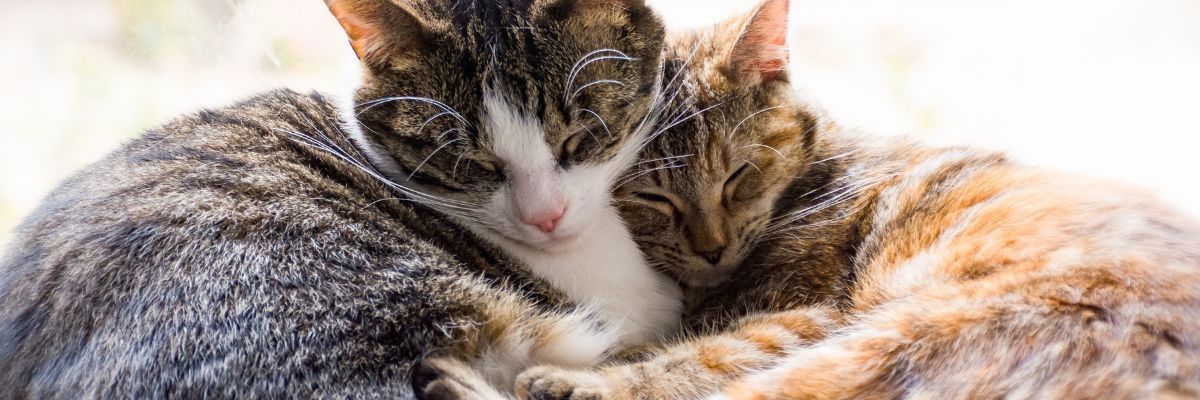
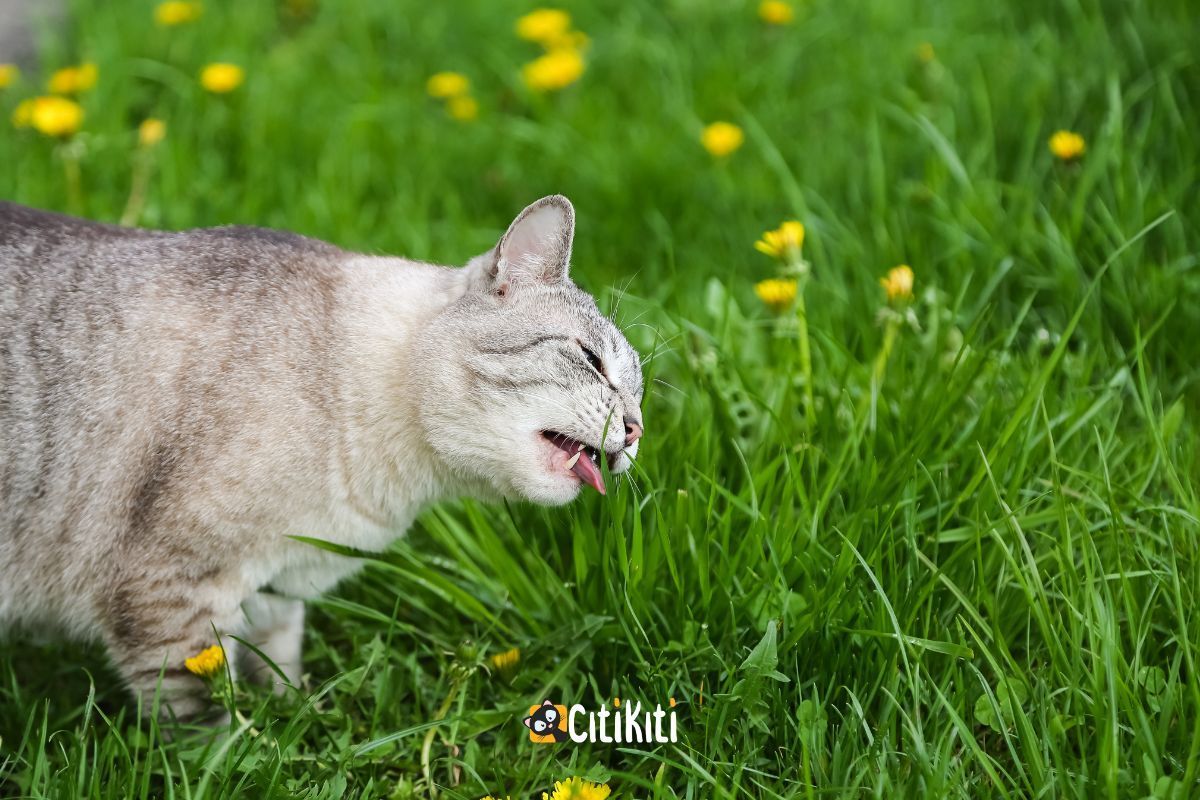



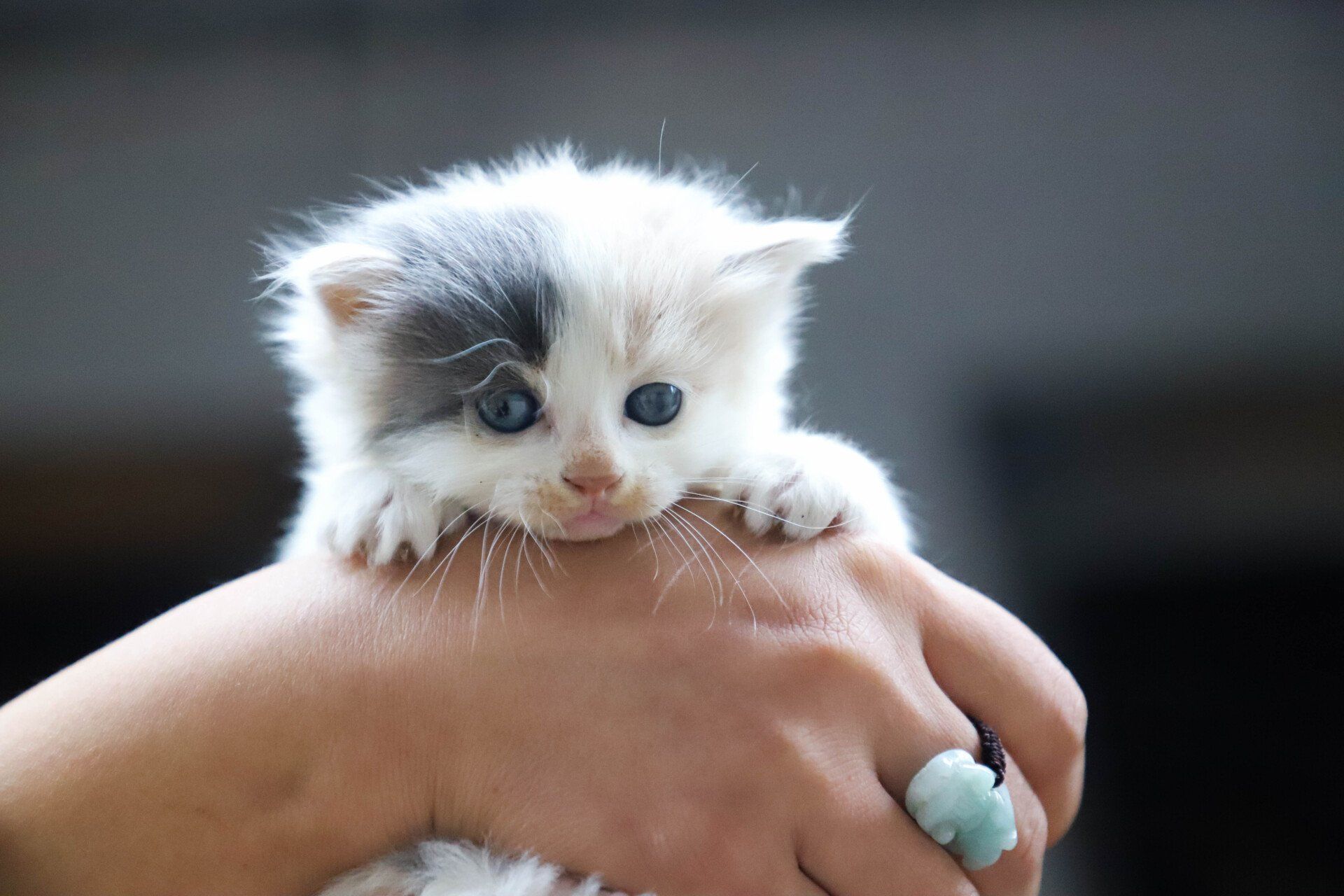
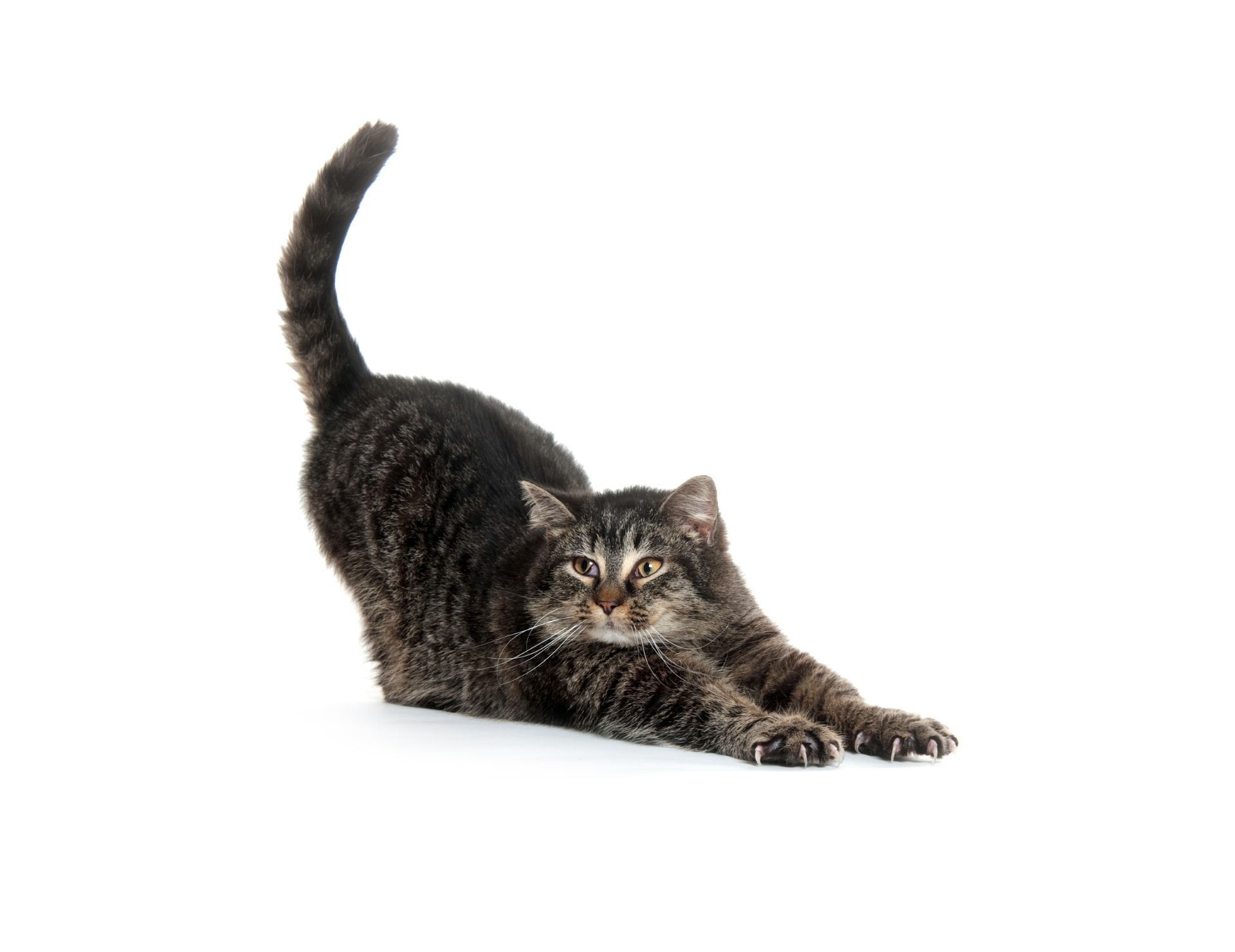
WHY CHOOSE US
Proven track record - CitiKiti - was established in 2003 and when searching the web, speaking with your local vets and visiting our Review Page you will discover that we come highly recommended including in some of the most important areas such as reliability, trustworthiness and knowledge.
Not a search engine - We are a family-run business with a large team of genuine pet lovers. As the team works for us not as individuals you can rest assured that we are accountable and reliable and we will insure that your pet is taken care of even if your booked carer falls ill during an assignment.
First Aid Training - CitiKiti is pleased to work with Vet Helen Dennis (VetMB MA MRCVS) who runs our pet first aid training courses. This insures that our carers are well equipped for and confident in their work even in an emergency situation.
Security Vetted - All CitiKiti sitters are required to obtain a Police Check a copy of which we will be very happy to email to you for your peace of mind.
Insured - For your peace of mind, all CitiKiti carers are fully covered by our industry-standard insurance.
Home Security - having an CitiKiti carer entering your home on a regular basis, taking in post and changing light and blind positioning will help keep that lived-in look.
No Advertising Vehicles or clothing - As part of keeping your pet and home safe we have made the decision NOT to drive advertising vehicles or wear clothing with advertising as this would highlight the fact that you are not at home and, although it would of course be of great benefit to our business to widely advertise our services, we believe that the safety of your cats and your home is more important than our self-promotion.
Recommended by Vets - we are well known among both vets and pet professionals who are happy to recommend and work with us.
Same Designated Carer at no extra cost - when first booking with CitiKiti you will be assigned a Carer. For both your and your pet's comfort and peace of mind, it will be your designated carer who will take care of our pet from then on. This of course with the exception of carers own holiday or sickness in which case you will be informed and your alternative carer will be introduced where at all possible.
Ongoing training - before their first assignment all carers receive in-house training and many of our carers already have experience from vet nursing, animal rescue work as well of course as having pets in their own lives. Many carers also choose to sign up for external certificated courses and training including Cat Behaviour and Cat Health and Welfare.
Free Initial Meeting - all clients are required to fill out a detailed form to help us understand all wishes and requirements to offer the best care possible. We also arrange a face-to-face meeting for you to have a chance to ask any questions you may have and for and your pet to get to know their new friend.
Key Holder Service - we offer to keep hold of your keys in order to make booking your pet care as easy and quick as possible. All you have to do is email us to make a booking request and, once confirmed, we are good to go.
Trusted by Pet Professionals - we are well known among both vets and pet professionals who are happy to recommend and work with us.
Provides care 365 days a year - including weekends, school holidays, bank holidays, Christmas & New Year.
Member of FSB - The Federation of Small Businesses provides us with additional insurance, ongoing support and industry-relevant information helping us keep up-to-date and informed for the benefit of both us and our clients.
Supporter of ICatCare - ICatCare is an international cat charity organisation for the promotion of feline health and well-being. CitiKiti wholeheartedly supports the fantastic work they do. Their website is also an excellent resource for a world of cat-related information.
Sponsors of a Cat Cabin - at Cats Protection www.cats.org.uk click on the videos below to see some of the purry friends at Cat Protection.
Services - Since foundation we have offered a comprehensive range of services to suit our client's requirements. The services and areas we cover include; Cat Sitting in North London N1, N5, N6, N8, N16, NW1 & NW6. We also offer live-in care or house-sitting in North or East London including Islington N1 N5 we can help.
PROFESSIONAL PET CARE
CitiKiti offers professional and reliable holistic cat care service where the emphasis is on, pamper, play and TLC.
We are here to help make you and your CitiKiti’s life together wonderful, stress-free and rewarding during all stages.
SECURITY VETTED & INSURED
CitiKiti offers professional and reliable holistic cat care service where the emphasis is on, pamper, play and TLC.
We are here to help make you and your CitiKiti’s life together wonderful, stress-free and rewarding during all stages.
A LITTLE ABOUT US
Follow Us
CitiKiti Copyright © All rights reserved. Privacy Policy GDPR Terms & Conditions
The contents of this site are the property of CitiKiti and Cat Care London Ltd. No part of this web site may be copied, modified, transmitted, broadcast or reproduced in any form whatsoever without the prior written permission of Cat Care London Ltd. These contents include, but are not limited to, information, documents, graphics, photos, logos and icons, including their design, selection and arrangement.
WHAT WE DO AND WHERE WE DO IT
Our passion is pets and we provider pamper, play and TLC 365 days a year including Bank holidays, Easter, Christmas & New Year.
We understand that deciding whom to entrust with the care of your precious companion is a difficult and possibly even daunting process. Hopefully, our Testimonials and client Reviews will help you feel confident and happy to choose us.
Since our beginnings in 2003, we have offered a comprehensive range of personalised cat care services including cat sitting, house-sitting and cat behaviourist.
We are proud to be recommended by vets and pet professionals as well as consistently receive 5-star reviews from our clients from all over London and beyond.
Your peace of mind and the happiness and safety of your cat is of paramount importance to us and when choosing to become part of our community and trusting us to take care of your precious cat we can reassure you that we are a family-run business with a tight-knit team of pet carers offering total accountability, reliability and genuine cat lovers care.
We are a team of dedicated pet professionals with a great love for pets.
Most of our carers have either long-term working experience with cats and/or professional education in animal care including Vet Nurses, Animal Behaviourists, Pet Hospital Assistants and Pet Bloggers.
All our cat carers are security vetted and public liability insured and we provide thorough in-house cat care training including Cat First Aid to ensure that carers are well equipped and confident cat carers.
Cats are territorial creatures of habit and can find catteries very stressful and upsetting. It is generally agreed by pet professionals that they are most relaxed and comfortable staying in their own homes when "parents" go away for short or long breaks. Travelling to and from catteries can also be stressful for both you and your cat. Our Cat Sitting service means your cat can stay home whenever you are away.
Since the beginning of 2019 CitiKiti has also offered cat behaviour therapy as well. Cat behaviour therapy can help if your cat is urine marking, stressed, anxious, aggressive, destructive or urinating or defecating outside the litter tray. The CitiKiti Cat Behaviourist can also offer advice on getting cats to get along, getting cats and dogs to live together peacefully, and taking care of kittens or older cats. Our Cat Behaviourist offers home consultations in London and in some cases worldwide video consultations work as well.
AREAS WE COVER
Since our beginnings in 2003, we have offered home visit services and the areas we currently cover for our cat sitting and small pet visiting services include: Hoxton, Shoreditch, E2, Bethnal Green, Fish Island, E3, Bow, Hackney Wick, Mile End, E5, Clapton, Hackney Marshes, E8, Hackney, Dalston Kingsland, E9, N1, Islington, Angel, Barnsbury, Canonbury, Clerkenwell, De Beauvoir Town, Hoxton, Pentonville, Shoreditch, N5, Highbury, N6, Highgate, N16, Stoke Newington, Shacklewell.
When going away often one of the worst dilemmas is who do you get to look after your cat. When using our Cat Sitting service, you can enjoy your holidays knowing that your cat feels safe and relaxed and your home is looked after to.
Since our beginning as a Cat Sitter Service in North London Islington, N1 we have taken pride in offering the very best in professional & reliable holistic cat care with an emphasis on pamper, play and TLC. Our Cat Sitters are all dedicated professionals with a great love of cats. Most have either long term working experience with cats and/or professional education in animal care. We are proud to be recommended by vets and pet professionals as well as consistently receive 5 start reviews from our Cat Sitting clients from all over London including East London E3, Bow, Hackney Wick, E8, Hackney, Dalston Kingsland and E9, Victoria Park.
Cats are territorial creatures of habit and can find catteries very stressful and upsetting. It is generally agreed by pet professionals that they are most relaxed and comfortable staying in their own home when "parents" go away for short or long breaks. Travelling to and from catteries can also be stressful for both you and your cat. Our Cat Sitting service means your cat can stay home whenever you are away. CitiKiti offers Cat Sitting and house-Sitting in most parts of Central, North and East London including EC1, Clerkenwell, Finsbury, Hoxton, St Luke’s, N1, Canonbury, Barnsbury.
We offer to look after your cat in your own home for as long or short time as you need. This way not only can you feel happy that your cat is as comfortable, relaxed and well looked after as possible, you also know that your home is being looked after and keeps that lived in look to deter any uninvited guests. Depending on you and your cat’s preference you can choose between daily or twice daily visits or live-in care.
We understand that deciding whom to entrust with the care of your precious feline companion is a difficult and possibly even daunting process. Our Testimonials and client Reviews will help you feel confident and happy to choose CitiKiti as your Cat Sitting Company.
You and your cat will be assigned your own dedicated Cat Sitter and you will have a meeting with him/her before start of visits. During the meeting you can ask any questions you might have and your cat will have a chance to say hello to his/her new best friend ;-) All our Cat Sitters are security vetted and have public liability insurance and we have been trusted in the community since 2003.
At CitiKiti we always do our best to help answer any cat related questions our clients may have. We work closely with other pet professionals including vets and cat groomers enabling us to offer and refer to a wide range of cat related services.
Since the beginning of 2019 CitiKiti offers behaviour therapy as well. Cat behaviour therapy can help if your cat is urine marking, stressed, anxious, aggressive, destructive or urinating or defecating outside the litter tray. The CitiKiti Cat Behaviourist can also offer advice on getting cats to get along, getting cats and dogs to live together peacefully, taking care of kittens or older cats. Our Cat Behaviourist offers home consultations in London, including Richmond, SW19, Chelsea, Wimbledon, Kensington, SW11, Islington, N1, Hampstead. In some cases video consultations work as well and CitiKiti Behaviour Therapy is offered worldwide.
CitiKiti offers Cat Sitting and House-Sitting every day of the year including Bank Holidays, weekends, school holidays and Christmas & New Year.
The areas we cover for Cat Sitting include the below but if you are looking for Cat Sitting in areas that are not listed feel free to contact us and we will see what we can do.
EC1, Clerkenwell, Finsbury, Hoxton, Shoreditch, E2, Bethnal Green, E3, Bow, Hackney Wick, Mile End, E5, Clapton, Hackney Marshes, Lea Bridge, Lower Clapton, Upper Clapton, E8, Hackney, Dalston Kingsland, E9, Victoria Park, N1, Angel, Barnsbury, Canonbury, Clerkenwell, De Beauvoir Town, Hoxton, Islington, Pentonville, Shoreditch, N5, Highbury, N6, Highgate, N8, Crouch End, Hornsey, N10, Muswell Hill, N16, Stamford Hill, Stoke Newington, Shacklewell,N19, Hornsey Rise, Archway, Tufnell Park, NW1, Regents Park, Camden Town, NW3, Hampstead, Swiss Cottage, NW5, Kentish Town.
Scientific name: Felis catus
Size: The average house cat is eight to eleven pounds, but you can have a petite six-pound calico or a big 15-pound Maine Coon cat.
Life span: Indoor cats regularly live to be 15, and some kitties live even longer.
Colours/varieties: There are many different breeds of cats from the hairless Sphynx and the fluffy, puffy Persian to the silvery spotted Egyptian Mau. But the most popular kitties of all are non-pedigree that includes brown tabbies, black-and-orange tortoiseshells, all-black cats, the long hair, striped kitties with white socks and everything in between!
History: Cats were domesticated, or bred to be friendly to humans, sometime between 4,000 and 8,000 years ago, in Africa and the Middle East. Small wild cats started hanging out where humans stored their grain. Can you think of a better place to find mice?! When humans saw cats up close and personal, they began to admire felines for their beauty and grace and the rest is history ;-)
Cat food: cats are obligate carnivores which means they need to eat meat in order to survive. Eating a vegetarian or vegan diet is not an option for your cat. Cats depend on the nutrients found in meat, most notably taurine and arginine. For this reason it is important to feed your cat a quality diet supplemented with a few treats. Ask your vet or pet shop for advice about their range of cat food and treats.


